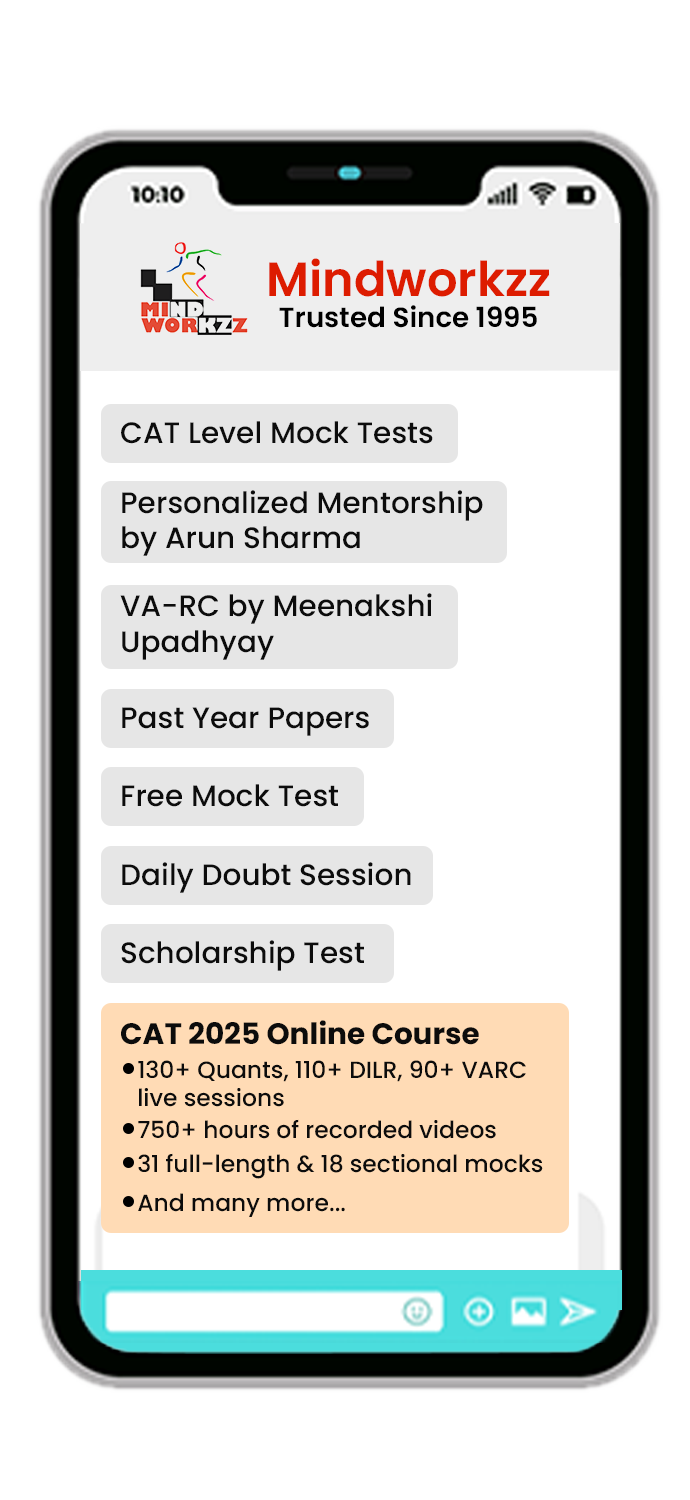Directions for questions 1 to 5: Sentences given in each question, when properly sequenced, form a coherent paragraph. The first and last sentences are 1 and 6, and the four in between are labeled A, B, C, and D. Choose the most logical order of these four sentences from among the four given choices to construct a coherent paragraph from sentences 1 to 6.
Q1. 1. Security inks exploit the same principle that causes the vivid and constantly changing colors of a film of oil on water.
(A) When two rays of light meet each other after being reflected from these different surfaces, they have each traveled slightly different distances.
(B) The key is that the light is bouncing off two surfaces, that of the oil and that of the water layer below it.
(C) The distance the two rays travel determines which wavelengths, and hence colours, interfere constructively and look bright.
(D) Because light is an electromagnetic wave, the peaks and troughs of each ray then interfere either constructively, to appear bright, or destructively, to appear dim.
6. Since the distance the rays travel changes with the angle as you look at the surface, different colors look bright from different viewing angles.
Solution:
Since sentence B talks about the two surfaces and names them … it has to be the sentence after sentence 1. B is closely followed by A, as A talks about ‘these surfaces’ which are mentioned in B, so A will follow B. Sentence C has to be the last before sentence 6 mentions because sentence 6 mentions ‘ bright’ and the same ‘bright’ is mentioned in sentence C.
Hence option (b) is correct.


